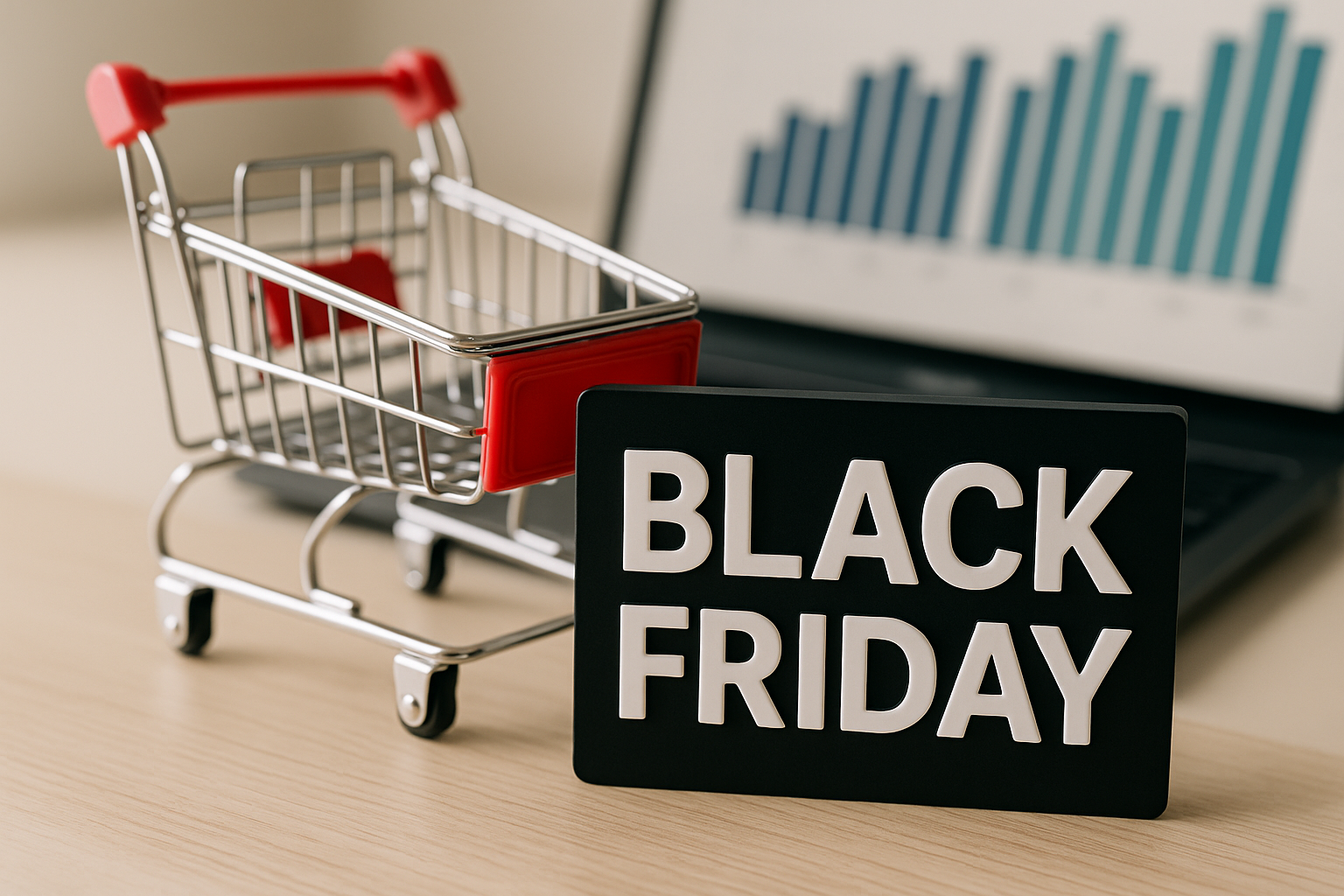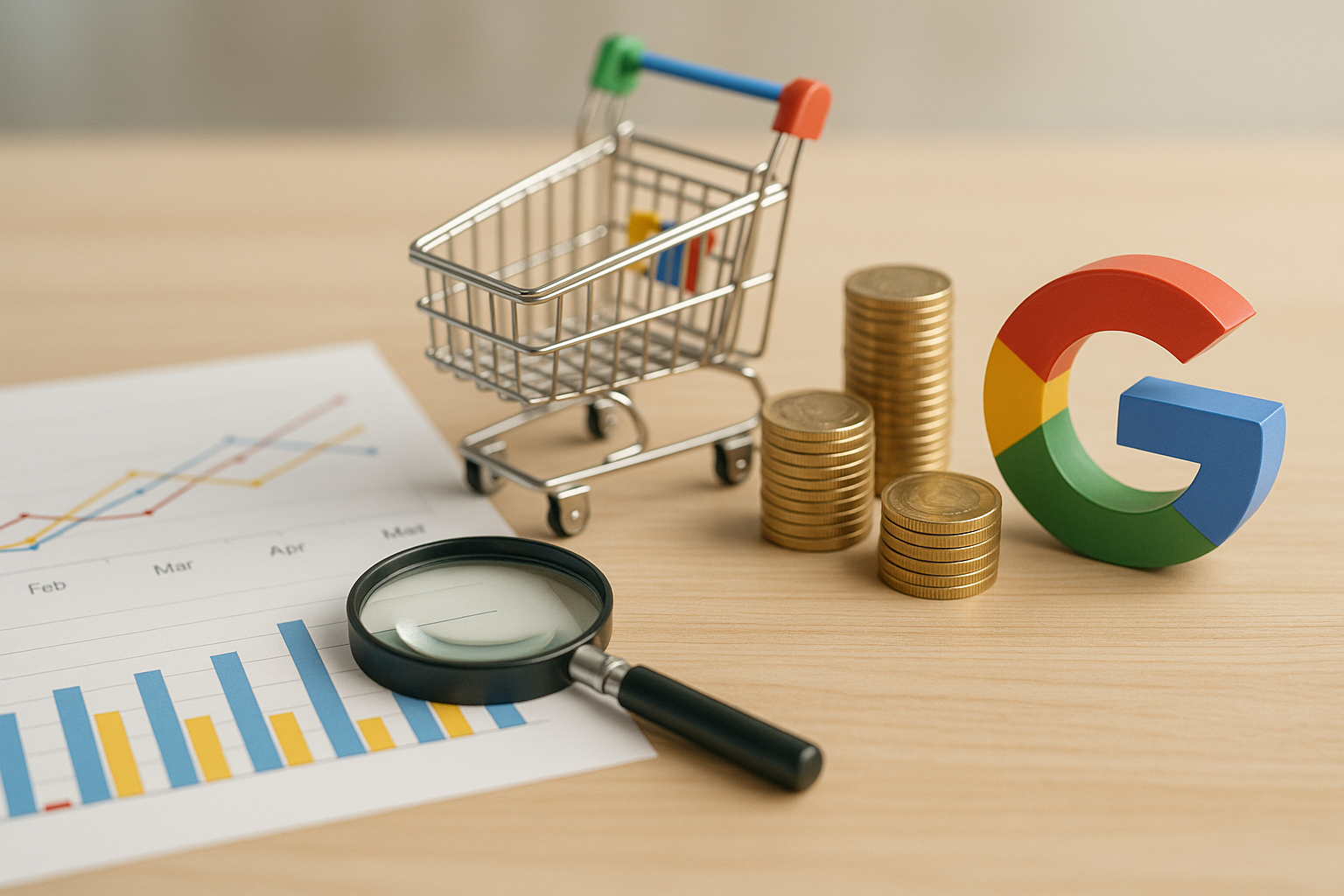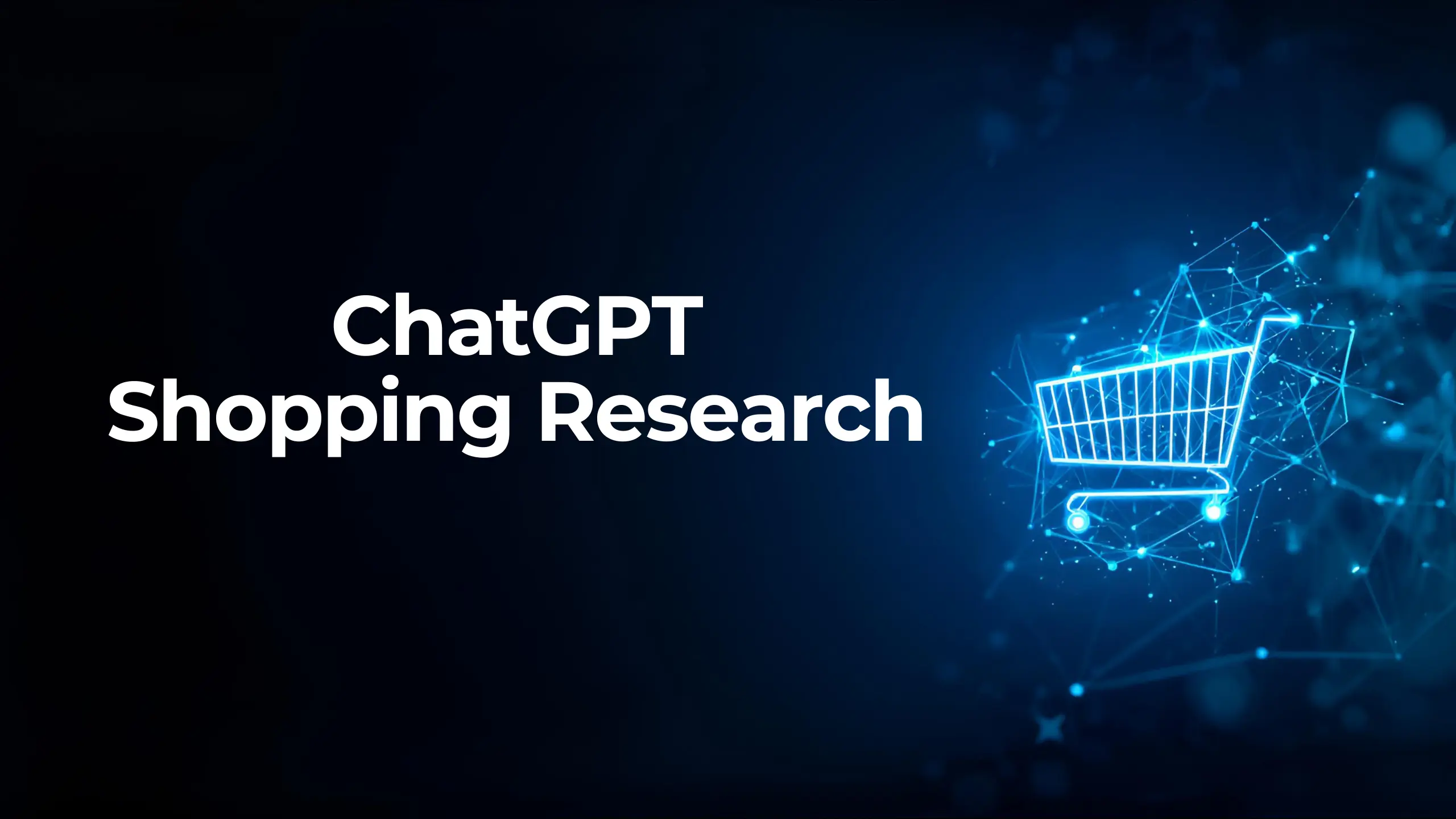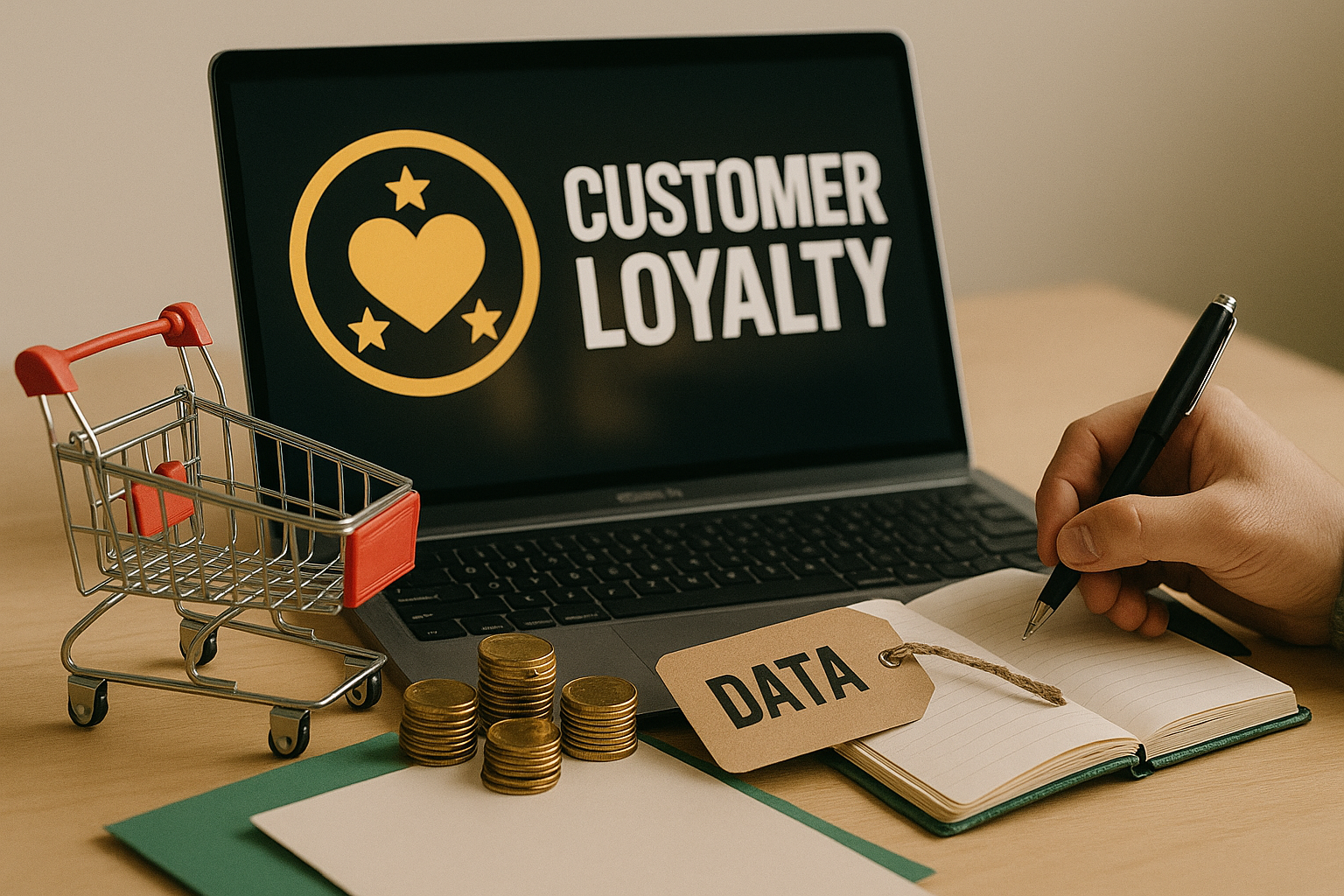
Fatma Betül Koç
Oct 27, 2025Data-Driven Black Friday: Strategies and Tools That Boost Sales

Data-driven Black Friday strategies have become the key to increasing e-commerce sales. Instead of focusing solely on discounts, success now depends on understanding user behavior and using the right tools. With this approach, brands can better track the customer journey, create personalized campaigns, and gain a competitive advantage. Planning supported by accurate data maximizes both revenue and customer satisfaction.
📌 The Importance of a Data-Driven Approach on Black Friday
During Black Friday, brands often try to stand out with high discounts. However, today discounts alone are not enough. E-commerce shoppers consider many factors when making purchasing decisions—such as product variety, user experience, stock management, delivery speed, and secure payment options. Therefore, it is critical for brands to understand their customers’ shopping habits.
For instance, according to a Google study, shopping-related search interest in the MENA region increases by 36% year over year during this period. This shows that Black Friday has evolved from a discount season into a highly competitive marketplace that requires strategic management. Data-driven content and advertising strategies are now among the main factors influencing purchase decisions.
Moreover, a data-focused approach makes it easier to identify which products are preferred by which demographic groups. For example, users aged 18–24 tend to look for electronics and accessories, while those aged 30–40 are more likely to search for deals in home textiles and decor. Such segmentation analyses ensure the ad budget is directed to the right audience—potentially leading to up to 20% higher conversion rates.
🔍 Analyzing E-Commerce Shopping Behavior
One of the most critical steps in increasing sales during Black Friday is analyzing shopping behavior. Data such as which pages users spend the most time on, which products they add to their cart but do not purchase, or which ad campaigns drive the most clicks are highly valuable. Tools like Google Analytics or GA4 can help visualize the conversion gap between “add to cart” and “purchase.” This gap typically ranges from 30% to 40%, and closing it through accurate analysis can significantly increase sales.
Additionally, heatmap tools (such as Hotjar or Microsoft Clarity) help identify which areas of a webpage receive the most clicks. For example, if 70% of users interact with the review section on a product page, adding more visual reviews or user videos can accelerate purchasing decisions. This way, you not only read behavioral data but also enhance user experience to drive more sales.
📊 Data Sources for Black Friday Sales
For a successful Black Friday campaign, relying on a single data source is not sufficient. Brands must evaluate both on-site and off-site data together. On-site data includes traffic and conversion analytics from Google Analytics or GA4, customer behavior tracked through CRM systems, and product movement data from inventory management systems. These insights make it easier to determine which products attract more attention, which customer segments make repeat purchases, and where users abandon their carts.
Off-site data, on the other hand, is valuable for identifying market trends and positioning against competitors. For example, Google Trends can reveal seasonal increases in search interest for specific product categories. Social media engagement metrics show which campaigns resonate most with consumers, while competitor pricing tools help identify the general market price range. Combining all these data sources not only drives short-term sales growth but also lays the groundwork for long-term customer loyalty.
🎯 Personalized Black Friday Campaigns
One of the most effective ways to achieve success during Black Friday is through personalization. When customer data—such as past purchases, browsing history, and product interests—is analyzed correctly, brands can offer tailored deals. For example, sending a targeted email with discounts on sneakers to a user who viewed that category in the past month can increase the purchase likelihood by up to 40%. Similarly, sending a coupon code to users who abandoned their carts can recover a significant portion of lost sales.
Personalization should not be limited to emails or SMS campaigns. Dynamic ad models can retarget users with products they previously viewed on social media or the Google Display Network. Additionally, AI-powered recommendation engines can analyze user preferences and suggest the most relevant products based on past behavior.
💡 Managing Advertising Budgets Effectively
Ad budgets can deplete quickly during Black Friday due to intense competition. Therefore, managing budgets with a data-driven approach is essential. Historical campaign data show that cost-per-click (CPC) can increase by up to 60% on Black Friday itself. Brands that are unprepared for this surge may exhaust their budgets early in the day. Instead, distributing the budget evenly through hourly or daily caps ensures a more balanced approach.
Channel-based performance comparisons are also crucial. Google Ads, Meta, TikTok, and programmatic channels may deliver different conversion rates. If Shopping Ads on Google achieve a 5% conversion rate, but Meta Ads remain at 2%, prioritizing the higher-performing channel makes more sense. Furthermore, allocating a separate budget for remarketing campaigns is highly effective in converting warm audiences into customers.
🤝 Post-Black Friday Customer Loyalty
Black Friday is not just an opportunity for short-term sales growth—it’s also a crucial period for building long-term customer relationships. Many brands treat customers acquired during this time as one-time buyers and fail to re-engage them. However, maintaining communication after the campaign is key to turning them into loyal customers.
For instance, sending a “thank you” email to customers who purchased during Black Friday, along with a discount code for future orders, can increase repeat purchases by up to 30%. Loyalty programs are also effective during this stage. Offering reward points for purchases over a certain amount encourages customers to return for future campaigns. Additionally, maintaining social media interaction with exclusive content strengthens the emotional connection between the brand and its audience. Post-Black Friday communication strategies ensure sustainable long-term revenue for brands.
Black Friday can be highly profitable when guided by the right strategies and data-driven decisions. However, success depends not only on discount rates but also on understanding user behavior and taking the right actions at the right time. If you want to develop more effective strategies and adopt a data-driven approach for this Black Friday, feel free to contact us! ✨📩
Frequently Asked Questions (FAQ)
What is a data-driven Black Friday strategy?
A data-driven Black Friday strategy is one that relies not only on discounts but also on user behavior, traffic sources, search trends, and historical sales data. With this approach, brands can identify which products are in high demand, which channels drive better conversions, and which customer segments are most profitable—allowing them to allocate budgets more efficiently.
Which data sources play the most critical role during Black Friday?
Google Analytics/GA4, CRM data, Google Trends, and competitor pricing tools are the most widely used sources during this period. For example, you can analyze the “add to cart – purchase” gap in GA4, track rising product categories using Google Trends, and plan campaigns for repeat buyers using CRM insights.
How should customer data be evaluated after Black Friday?
Data collected during the campaign should not only measure sales performance but also help build long-term loyalty. For instance, customers who made purchases during the campaign can be enrolled in loyalty programs, and personalized emails can be sent to increase repeat purchases. This way, Black Friday transforms from a one-time sales event into a foundation for lasting customer relationships.
More resources

5 Ways to Accurately Measure Sales Impact with Google MMM
Google MMM (Marketing Mix Modeling) is one of the most powerful statistical methods for understandin...

ChatGPT Shopping Research: An AI-Powered Shopping Assistant
ChatGPT Shopping Research is an AI-powered shopping assistant that accelerates users' shopping resea...

Data-Driven Tactics to Build Customer Loyalty After Black Friday
Customer loyalty is the most valuable outcome of the Black Friday period, as short-term traffic and...

